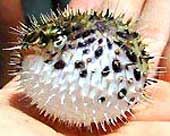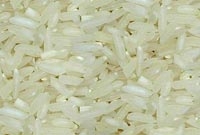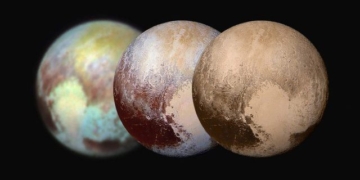 Deaths from consuming toxic seafood continue to occur, a troubling reality in the coastal areas of Central Vietnam. Many believe it’s time to create a map of toxic seafood, including the identification of toxic species and their habitats.
Deaths from consuming toxic seafood continue to occur, a troubling reality in the coastal areas of Central Vietnam. Many believe it’s time to create a map of toxic seafood, including the identification of toxic species and their habitats.
For Tôn Hiển, the sight of fishing nets and his boat now brings haunting memories. That boat once brought home sea snails, leading to the tragic loss of his 7-year-old son. The latest poisoning incident occurred in Phú Yên Province, where three family members suffered from food poisoning after consuming an unfamiliar type of snail, resulting in the survival of only two.
According to reports on food poisoning incidents in recent years in Central Vietnam, the majority of fatal cases have been linked to toxic seafood consumption. Research conducted by scientists at the Nha Trang Oceanography Institute has preliminarily identified a list of toxic seafood species, which includes dozens of pufferfish, blue-ringed octopus, and various species of sea snakes. This information has been printed on flyers and posters for public awareness.
However, scientists acknowledge that this is still a relatively new area of research for Vietnamese science. Except for pufferfish, which can be identified with some confidence, other toxic seafood species remain vague for the general public. Even a familiar species like green mussels can sometimes cause poisoning in consumers.
Dr. Đặng Văn Hợp from Nha Trang University of Fisheries stated: “The consensus among scientists is that we must create a map of toxic seafood. In simpler terms, we need to provide the public with a detailed list that includes descriptions of toxic seafood shapes and even the fishing grounds where they are commonly found.”
According to Dr. Hợp, creating this map will require significant time and funding. Therefore, the current advice from scientists is to exercise caution when consuming unfamiliar seafood species.




















































